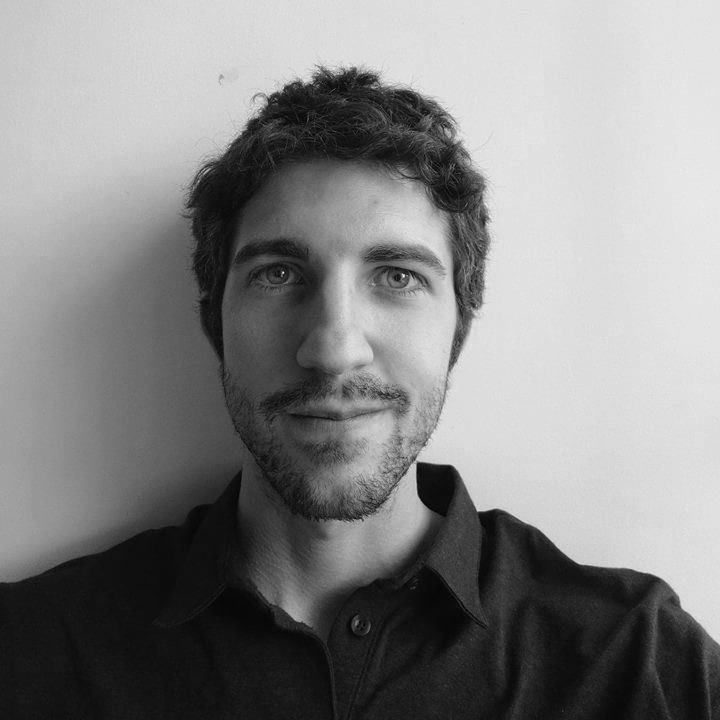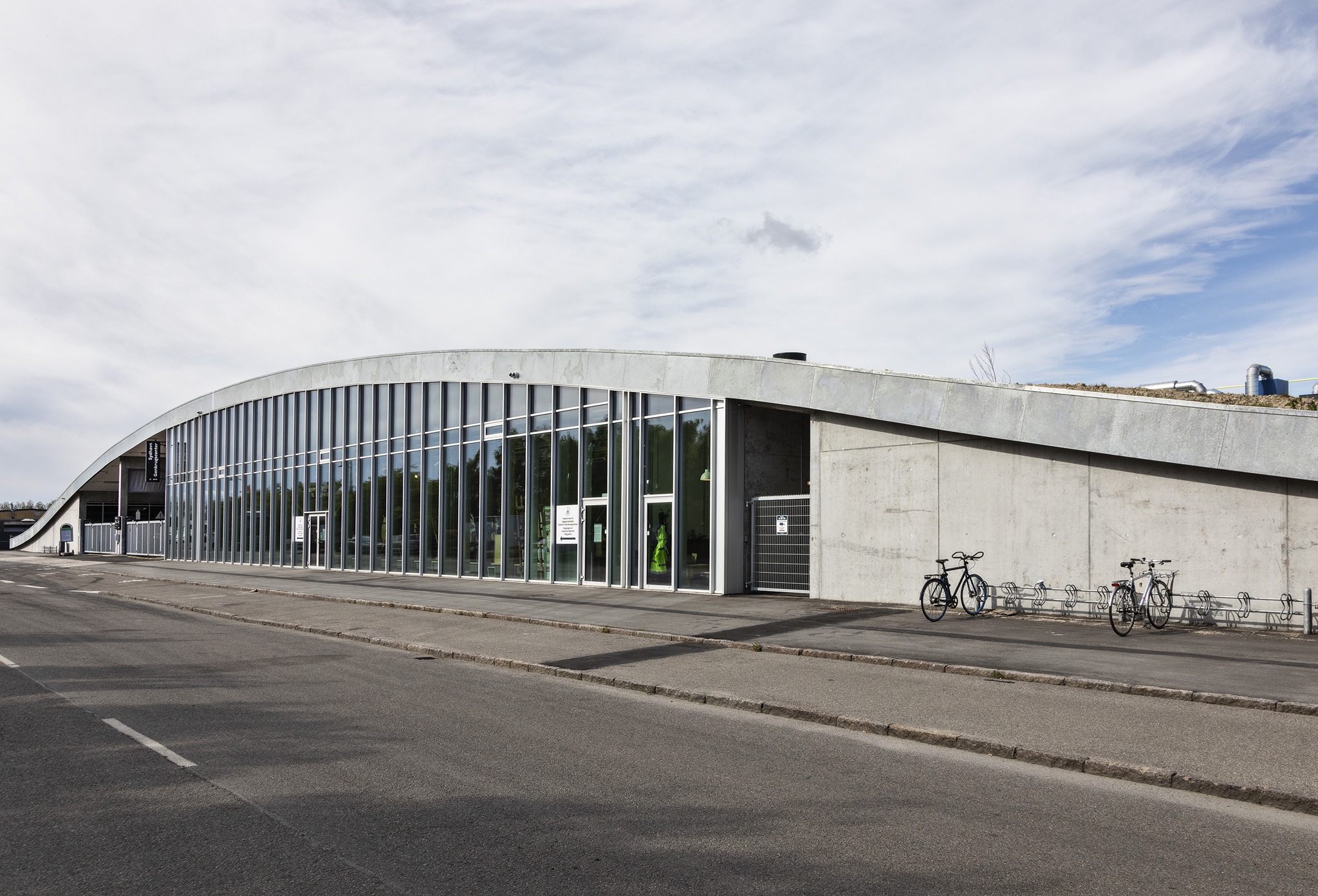Described by the organizers as a "platform for participatory innovation that aims to create a more circular economic model," the Copenhagen Circularity Lab is a unique experiment that helps make the circular economy more tangible to individual citizens by providing them with business opportunities to upcycle amounts of municipal waste.
From waste to business
In Sydhavn, the south-west part of Copenhagen, there is a waste recycling center called Sydhavn Genbrugscenter - Sydhavn Recycling Center - open every day, where citizens and startups receive free training and materials to develop circular business ideas.
Requirements to participate? To have a scalable business idea that uses as much waste as possible. An idea that therefore makes everyone gain: the city of Copenhagen that pollutes less to dispose of waste, the citizens who have the opportunity to develop their ideas, train and meet interested investors and last but not least the urban system that gains in transparency, thanks to a greater participation of citizens in the construction of the city, and improve its network's inclusiveness and resilience.
Among the many initiatives organized by the center was the first edition of the Copenhagen Circularity Lab, an experimental workshop where people of different nationalities and backgrounds were able to develop business ideas and educational projects to restore value to waste material from the construction industry and put it back into circulation as a resource for the community.
"Our initial goal" says Emil Kragh, one of the organizers "was to offer interested citizens the opportunity to create business ideas, involving the municipality and private companies in the process of research and experimentation, creating in symbiosis a cross-sector circular economy. The project, as well as many others in the Sydhavn Genbrugscenter, was funded by KaosPilot together with the city government and Climate-KIC, the European Climate Innovation Fund. The challenge of the Circularity Lab firs edition" Kragh continues, "was to seek scalable and collaborative answers to the question 'How do we create value from as much waste as possible?'"
 View of the Sydhavn Genbrugscenter from above.
View of the Sydhavn Genbrugscenter from above.
The circular economy academy
To try to respond to question, workshop participants gathered for five meetings, developing ideas and prototypes inside the Recycling Center. Considered to be at the forefront in Europe for its architectural style and low environmental impact, this center - itself made from largely recycled concrete - is part of the ambitious circular economy goals set by the Danish capital in its Resource and Waste Management Plan. Citizens and companies can in fact bring in waste materials without disposal costs, while startups and entrepreneurs associated with the center benefit from that material, sorted and catalogued, imagining solutions to create business opportunities, from waste.
The workshop was designed by the KaosPilot academy using collaborative techniques such as Liberating Structures and TheoryU, to enhance information sharing between groups and combine it with decision making based on prototype development. This mode allowed each participant to contribute with their own peculiar knowledge and experience, making the solutions more easily adaptable to the different needs of the end users.
At the end of the workshop, several prototypes - from modular chairs to circular storytelling methods to pens made from newspaper - were created and presented during an exhibition open to the public and investors, called "Waste to Value".

Workshop participants during the Waste to Value event.
Inclusion and Collaboration
A circularity laboratory that shows in its own way how collaboration and inclusion are fundamental pillars for the transition from a linear to a circular system. A successful experiment that has shown how citizens, if stimulated, become key players in the development of cities and therefore fundamental allies of urban circular policies. By helping to increase community activities in the center, the Copenhagen Circularity Lab has reduced the distance between politics, industry and citizens, integrating the topic of circularity into economic development activities.
An innovative idea for its modularity and replicability that can help make citizens more aware of the production and consumption chain and more informed about a product's life cycle assessment. Because a circular city is not only built for citizens but also, and above all, with citizens. And this is done by overturning the idea that waste exists, developing creative projects to show the intrinsic value of those resources, making citizens themselves ambassadors of circularity.



